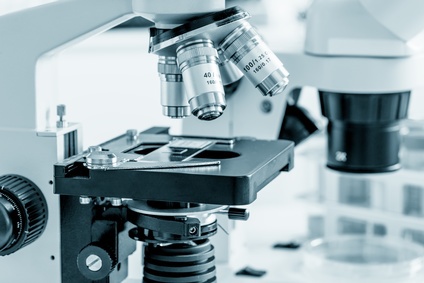Accurate and timely biopsy results are extremely important for the health and well-being of a patient. For individuals with cancer, a correct result is key to starting life-saving treatments. For individuals without cancer, an inaccurate biopsy can mean costly and painful treatments that are completely unnecessary. It may also mean that a true condition goes untreated and potentially worsens. Unfortunately, far too many patients are forced to suffer the consequences of false biopsy results. This has become such a widespread issue that one member of Congress is sponsoring legislation aimed at reducing these inaccuracies.
Common Biopsy Errors
The biopsy process begins with the removal of cells and/or fluid from the area of the body where cancer is suspected of existing. According to the American Cancer Society, the sample is then sent to the lab for analysis by a pathologist. It is generally preserved in a container of water and formaldehyde, with the patient and doctor’s identifying information on the label. Initially, the specimen will it may be studied without a microscope (gross examination), followed by a microscopic exam, before a formal diagnosis is made. While this process may appear free from complications, human error often leads to incorrect diagnoses. Some of the most common types of biopsy mistakes include:
- Cross contamination.Procedural errors within the laboratory can lead to cross contamination. When lab staff members fail to take basic precautionary measures, they can contaminate noncancerous cells, resulting in a false positive. Adequate handwashing, working on one specimen at a time, and maintaining a clean laboratory environment can prevent cross contamination.
- Specimen identification errors.Mislabeled specimens are another prevalent cause of false biopsy results. This error may occur within the lab or within the doctor’s office where the specimen was first collected. It may even occur during transport of the specimen from the doctor to the lab.
- Interpretative errors.Some incidents of false biopsy results stem from an incorrect interpretation by the pathologist. According to a study by The Agency for Healthcare Research and Quality, there may be numerous reasons for these mistakes, including an overly demanding workload or an unwillingness to consider factors that counter the pathologist’s initial diagnosis.
Legislating Biopsy Procedural Changes
A Congress member from Indiana is hoping to decrease the number of false prostate cancer biopsies with additional steps in the biopsy process. Under his bill, Medicare will pay an additional $200 to labs that compare the specimen cells with additional cells taken from the patient’s cheek to ensure that the specimens match so that the right person is receiving an accurate diagnosis. While experts agree that this procedure could reduce the frequency of false prostate cancer diagnoses, they also warn that potential for human error still exists.
Trusted Representation for Patients Injured By Inaccurate Biopsy Results
The consequences of an inaccurate cancer diagnosis can be extremely painful emotionally, physically and financially. At Schochor, Staton, Goldberg, and Cardea, P.A., we hold medical professionals accountable for the preventable errors they make and the harms they cause. For more information, call our Baltimore, Maryland and Washington, D.C. medical malpractice attorneys today at 410-234-1000 or use our contact form.

